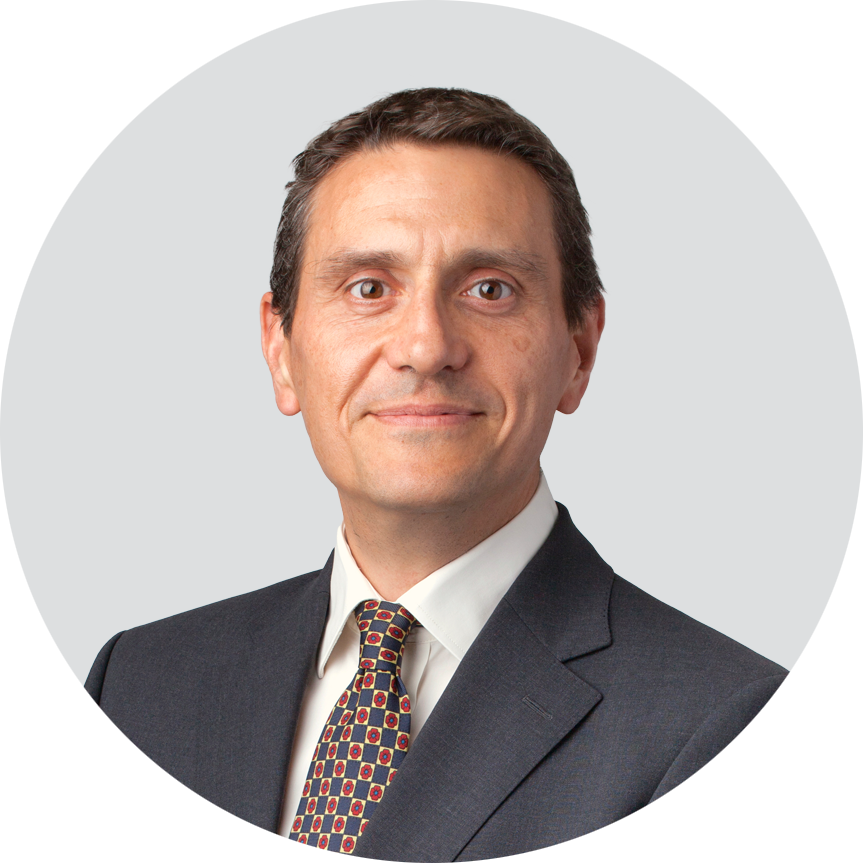A new way of investing for income
From a financial perspective, longevity risk is one of the biggest risks facing Australians, creating a need for investments that provide income without sacrificing capital growth, according to James Carlisle, head of research at InvestSMART.
Australians are living longer than ever before – around 12 years longer than the global average – making longevity risk one of the biggest risks facing retirees.
In the last century, life expectancy in Australia has improved dramatically. According to the Australian Bureau of Statistics, men aged 65 in 2013-2015 could expect to live an additional 19.5 years to age 84.5. The life expectancy of women aged 65 was 22.3 years, an expected age at death of 87.3 years. In fact, most Australians can now expect to have double the retirement lifespan of their grandparents.
Now when the risk of inflation is added, the risks are compounded further. Previous generations only had to contend with inflation for 10 to 12 years, while today it could be as high as 25 to 30.
For many advisers, this presents the conundrum of how to help clients maximise their income while at the same ensuring it lasts as long as they do.
The growth versus income debate
While investing in growth assets often produces a better return over the longer term than investing for income, growth assets can also be volatile and depending on when the investor divests, can result in a capital loss.
Income-producing assets, on the other hand, are generally more mature, stable companies that can afford to give money back to investors in the form of dividends. These investments are often highly sought out as alternatives to cash when interest rates are low but may see their prices decline when interest rates rise.
Therefore, for many advisers, helping clients to get the best out of their hard-earned capital means seeking out investments that have the potential to deliver a combination of both income and capital growth.
A new solution
In response to growing demand, InvestSMART this week launched a new active ETF, the Australian Equity Income Fund (INIF), which is designed to provide investors with regular income without sacrificing capital growth.
INIF, which is based on our model portfolio, the Intelligent Investor Equity Income Portfolio, aims to achieve a dividend yield close to that produced by the market but to also increase that income at least in line with economic growth, so it can continue to fund investors’ lifestyles indefinitely.
The current estimated annual income is a net 4.1 per cent (excluding franking), compared with the 4.2 per cent(excluding franking) generated by the S&P/ASX 200. This yield, however, is achieved without the index’s large exposure to the banks, which we think adds considerably to risk within the index. At present, INIF has less than 10 per cent invested in the banks, compared with more than 20 per cent for the S&P/ASX 200.
The banks are currently facing a number of risks, from the ongoing revelations of misconduct at the royal commission, to technology risk, a highly-valued property market, and the threat of interest rate rises, which could increase default rates. As our portfolio view has more to do with risk minimisation than value, we expect to stick with it even if the banks start to look very cheap.
The recent market downturn has provided some more stable opportunities. We recently added Wesfarmers and Scentre Group (the owner of local Westfield shopping centres) at attractive prices and we will continue to seek out opportunities that provide the potential for steady income and growth.
What is clear is that, as Australia’s population ages and life spans increase, investing solely for income is no longer enough. The challenge for advisers is to ensure their clients’ capital continues to meet their living expenses, without being eroded by time or inflation.
Frequently Asked Questions about this Article…
Longevity risk refers to the financial risk of outliving your savings, which is particularly significant for Australians as they are living longer than the global average. This makes it crucial for retirees to invest in ways that provide sustainable income without sacrificing capital growth.
Inflation can erode the purchasing power of your savings over time. For retirees, this means that their investments need to not only provide income but also grow enough to keep up with inflation, which could last 25 to 30 years in retirement.
Growth assets typically offer higher returns over the long term but can be volatile and may result in capital loss if sold at the wrong time. Income-producing assets are generally more stable and mature, providing regular dividends, but their prices may decline when interest rates rise.
The Australian Equity Income Fund (INIF) is an active ETF launched by InvestSMART designed to provide regular income without sacrificing capital growth. It aims to achieve a dividend yield close to the market average while minimizing risk by having less exposure to banks.
The INIF has less than 10% invested in banks, compared to over 20% for the S&P/ASX 200, to minimize risks associated with banks, such as misconduct revelations, technology risks, and potential interest rate rises that could increase default rates.
The INIF aims to increase income at least in line with economic growth by carefully selecting investments that have the potential for steady income and growth, ensuring that the fund can continue to support investors' lifestyles indefinitely.
The recent market downturn has allowed the INIF to add stable opportunities like Wesfarmers and Scentre Group at attractive prices, which are expected to provide steady income and growth potential.
As life spans increase and inflation risks grow, investing solely for income is insufficient. Retirees need investments that also offer capital growth to ensure their savings continue to meet living expenses without being eroded over time.
















